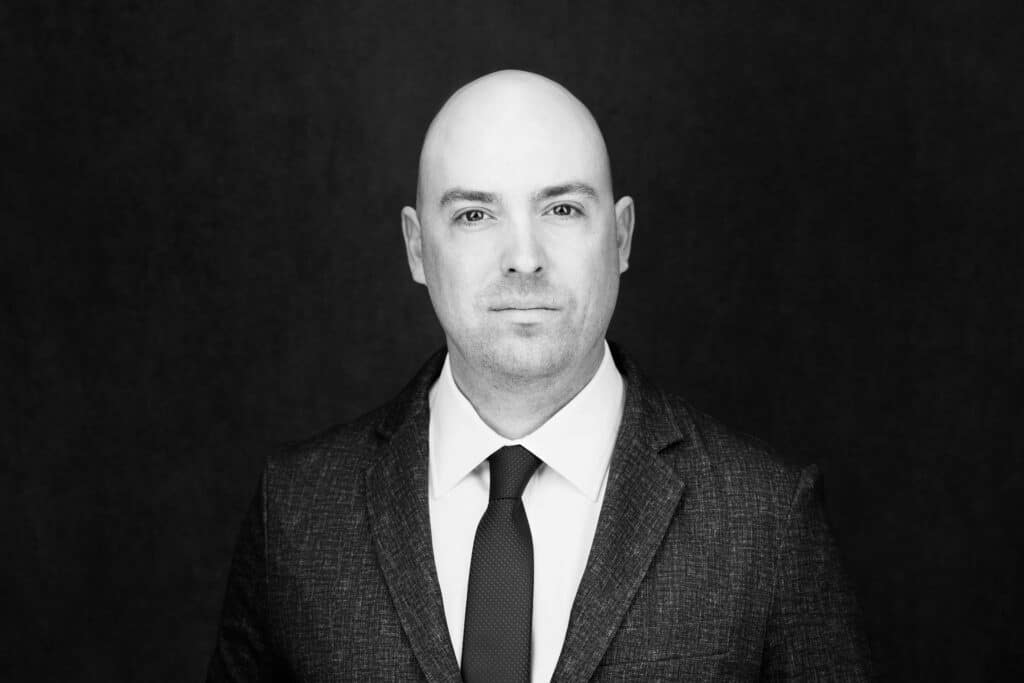Mindfulness
/in Health & Safety/by Trace Associates
Mindfulness might be one of those words you find yourself coming across more often these days, and if you are like me, you might be wondering: what does it mean, how do I practice it, and what health benefits does it provide? If this describes you then read on!
Mindfulness is defined as a mental state achieved by focusing one’s awareness on the present moment, while calmly acknowledging and accepting one’s thoughts and bodily sensations. Simply put, mindfulness is paying attention to the here and now.
Common methods of practicing mindfulness include allocating time to reflection and to breathing. This can be a confusing activity to many of us who are not familiar with meditation (we may be wondering what exactly this means). In addition, trying to learn how to practice mindfulness can be difficult, as the world is full of books, articles, blogs, apps, and other mediums of information-sharing that can be overwhelming to process. While writing this, I came across the seven principles of mindfulness, the five basics of mindfulness, the eight pillars of mindfulness, the nine attitudes of mindfulness, etc. Not to dismiss any of these, but it is difficult to gather all the information being provided into a whole that makes sense and allows for the application of the term itself.
I fully suggest looking into and learning about mindfulness to whatever degree you like, but for now, I would like to try and put it into terms that make sense to me and illustrate how it can be used.
To put it simply, mindfulness is a practice used to relax the body and mind and to help reduce stress. We all lead busy lives that more than likely result in ideas and thoughts constantly spinning around in our brains. I don’t have to explain to any of you how the work we do can at times contribute to stress in our lives. While writing this blog I came across an article (https://www.lifehack.org/articles/lifestyle/simpler-guide-mindfulness-for-beginners.html) that presented practicing mindfulness in an alternative way (rather than quietly observing your breath or reflecting on the moment, which can be difficult to those new to the act of meditation). The article suggested learning how to do your routine daily activities mindfully. Things like brushing your teeth, driving to the grocery store, or washing the dishes (for example) typically don’t take much time, are done frequently, and don’t require a specific place to do them. Here is a paraphrased example from the article above, which demonstrates how to utilize mindfulness while washing the dishes:
- Bring awareness to your senses by thinking about how the water feels, how the soap feels, how it smells, and what you enjoy about these sensations
- Notice how your senses keep you in the moment
- Take note of your body movements, the sensation of your hands, feet, and joints moving
- If your mind wanders, no need to worry – just bring yourself back to the moment
- Do this for a few minutes while trying to absorb yourself in the task completely
Give this a try and take note of how you feel afterwards. I am hoping that whatever activity you choose, upon its completion, you find yourself in a relaxed and content state (both physically and mentally), and that you feel less stressed or worried about everything else that is going on. You can practice this almost anytime and anywhere, so give it a shot – you don’t have anything to lose!
P.S. I also want to mention that there are a couple of apps that are worth exploring if this topic is of interest to you, available via the Trace portal or wherever you get your apps::
- Calm
- Headspace: Mindful Meditation
Steven Svrcek




